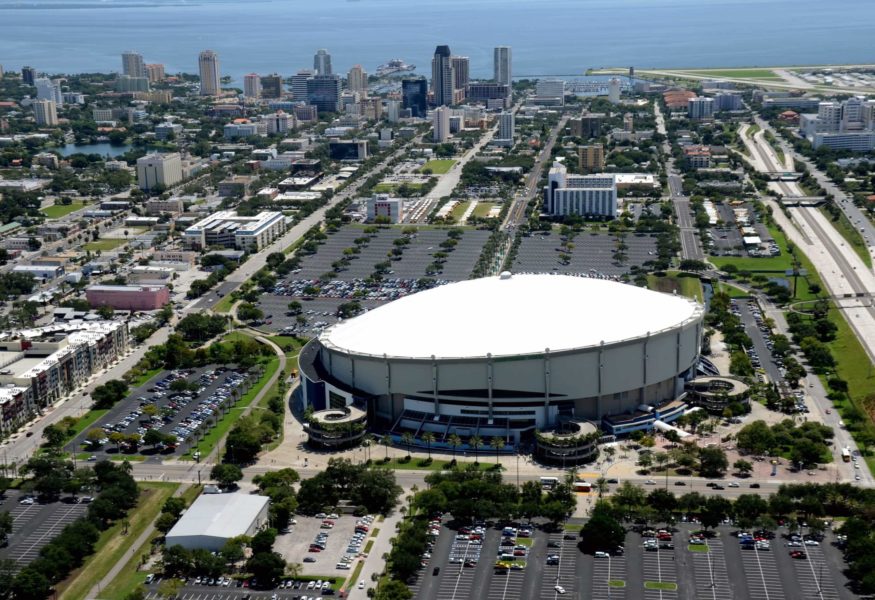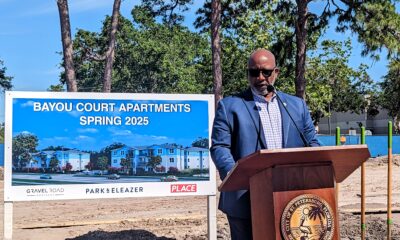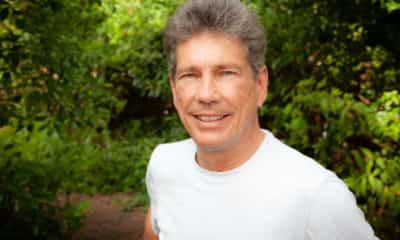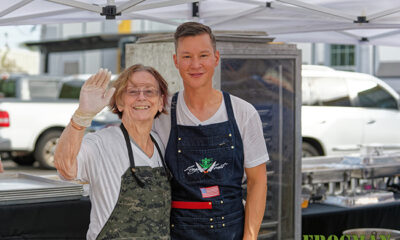Comm Voice
Community Voices: Tropicana redevelopment and retirees

Welcome to the Catalyst’s Community Voices platform. We’ve curated community leaders and thinkers from all parts of our great city to speak on issues that affect us all. Visit our Community Voices page for more details.
This is the fourth in a series about the Tropicana Field site by members of ASPEC – the Academy of Senior Professionals at Eckerd College.
Why do retirees settle in or move to St. Petersburg? How might the Tropicana redevelopment apply to them? Let’s set the context for how retirees might interact with the new facilities and capabilities of the Trop redevelopment project. Some of this discussion will relate to present Floridians who retire in place but more to incoming retirees who may be:
- Outsiders drawn by the environment, especially those who become full-time residents (think low taxes), including the military and foreign-born.
- Outsiders attracted by activities such as Eckerd, Dali, etc., including locals and transfers (e.g. baseball).
- Family-related transfers: eldercare, childcare; grandparents wanting to be near schools and colleges.
Those 65 and older in St. Pete total currently about 50,000, which may double over 10 years. Some retirees will be well-off and comfortable, not working; others will need or desire income. And many retirees will be seasonal. Retirees will settle or move to where they feel welcome and safe, given the choice. Increasingly, as people live longer, retirees will seek new pursuits and paid work in the decision of where to settle.
For those not well off and economically comfortable, theirs will be lives of struggle, even before ageism weighs on them.
Those who are comfortably well off, in the 70-to-80-year-old bracket, can likely live active lives for another 10 to 15 years. They will invest in assets and organizations that have engaged them in the past, which may not be local, and will probably not make large endowments. And their extra years of living will entail more expenses — especially unpredictable ones. These retirees will invest in quality of life and safety. Many will end up in continuing care retirement communities (CCRCs) such as the Westminster complexes.
The longer they stay in St. Pete, however, and the more engaged they become, the more likely they will start distributing their assets locally. In most communities there is no “pull push” to recirculate older people beyond what social institutions like churches do.
When retirees need to, or just want to, work they are often considered for the most menial jobs, as greeters, fast-food workers, or in mindless volunteer projects. This ageism will not encourage engagement on the part of retirees to distribute their assets locally.
Even when retirees have loads of relevant experience, we don’t have experience in “on-boarding” them. As a result, they may not find a path into meaningful daily life in our community and will therefore not invest as fully as they might have where they came from – surely not to the level of their capabilities. And they will not remain as healthy as they might have, thus becoming even more of a drain on community resources. Attracting older people back into the public square makes them available to be useful in the daily life of our communities. Creating an “urban center” would be a real plus for retirees (remember the popularity of the green benches).
The Tropicana space, if it had mixed-income housing, residents of all ages, and businesses in all stages, would represent an ideal opportunity to reconnect retirees to the community’s resources and needs, and put us to work locally for our mutual benefit.
Ernie Mahaffey has been a member of ASPEC, the Academy of Senior Professionals at Eckerd College, for 23 years. He spent over 30 years developing, coaching and facilitating corporate international trade, small business and cross-cultural engagements.
The opinions expressed in this article are those of the writer only. No endorsement of these opinions by ASPEC or Eckerd College is either expressed or implied.








Ernest Mahaffey
May 25, 2021at9:52 am
Mr White, I would love to follow up with you. Engaging seniors – “re-engaging” for retirees – to the levels at which they can contribute has been a passion of mine for 20+ years. It won’t happen naturally in my lifetime, I think, so we need interventions. Thanks for your comment. Sincerely, Ernie
Danny E White
May 9, 2021at3:04 pm
Interesting observations. I often wonder why there are so many senior citizens in the entry-level workforce (greeters, fast food, concession staffers). The ‘big box’ retailers seem to have no issue with hiring senior citizens and neither do major fast food chains. At 63, retired from Fortune 25 corporate America, I would not mind working doing something commensurate with my skillsets and experiences; yet my resume would likely not get past HR automated algorithms that prescreen eligible candidates. I’m fortunate to one of those ‘financially comfortable’ retirees, yet my worth is superseded by my age… and honestly, my race!
Carl Lavender
May 9, 2021at1:49 pm
Outstanding commentary Ernest. So on point.